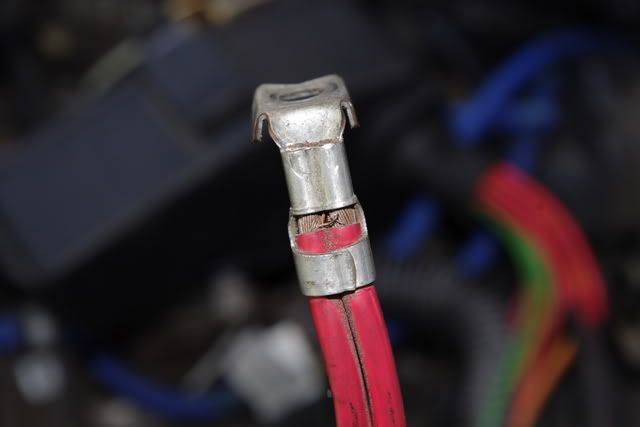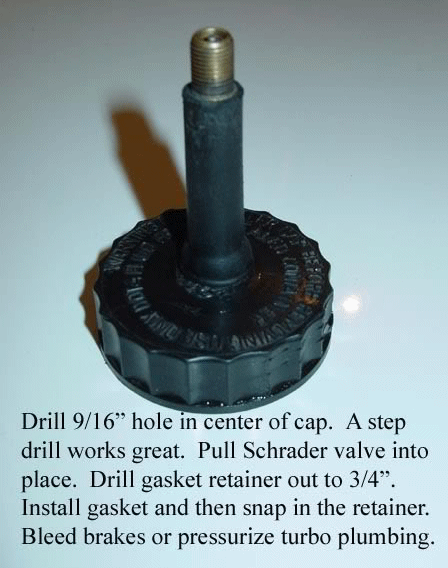MODEL IDENTIFICATION
VIN LOCATION
The Vehicle Identification Number (VIN) is located on the
left side of the dash panel at the base of the windshield. The VIN
chart explains the code characters.
VIN CODE ID EXPLANATION
Numbers preceding the explanations in the legend below refer
to the sequence of characters as listed on VIN identification label.
See VIN example below.
(VIN) Y V 1 L S 5 5 1 X P 1 0 0 0 0 0 1
1 2 3 4 5 6 7 8 9 10 11 12 13 14 15 16 17
1 - Manufacturing Country
Y *Sweden Or Belgium
2 - Manufacturer
V *Volvo
3 - Vehicle Type
1 *Passenger Vehicle
4 - Vehicle Series
L *850 Sedan
5 - Body Style & Restraint System
S *850 4-Door Sedan W/ Driver & Passenger Airbags
S *850 4-Door W/ Dual Airbags & Pretentioners
W *850 5-Door Wagon W/ Driver & Passenger Airbags
6-7 - Engine Type
55 *B5254S 2.4L 5-Cylinder
57 *B5234T 2.3L Turbo 5-Cylinder
58 *B5234T5 2.3L Turbo 5-Cylinder
8 - Emission Control System
0 *Three-way Converter, Heated Oxygen Sensor, W/O EGR
1 *Three-way Converter, Heated Oxygen Sensor, W/EGR
2 *Three-way Converter, Heated Oxygen Sensor, W/EGR, Airpump
9 - VIN Check Digit
*Computer Generated
10 - Vehicle Model Year
P *1993
R *1994
S *1995
T *1996
11 - Assembly Plant
0 *Kalmar, Sweden
1 *Torslanda, Sweden
2 *Ghent, Belgium
3 *Halifax, Nova Scotia, Canada
A *Uddevalla, Sweden
12-17 - Serial Number
*Sequential Production Number


















